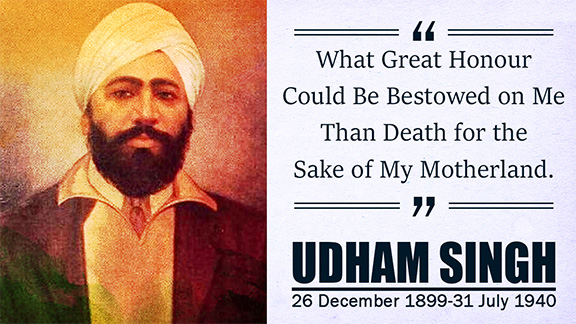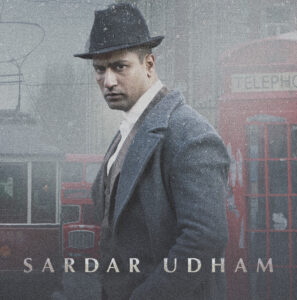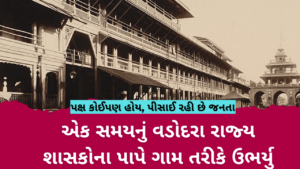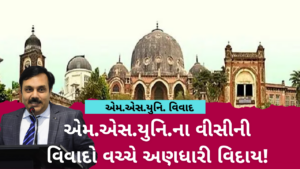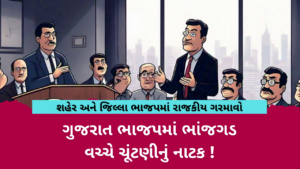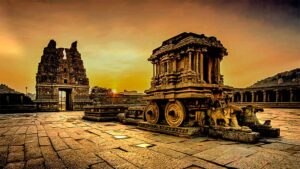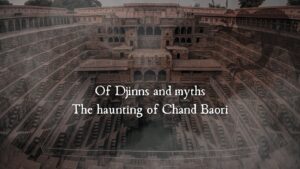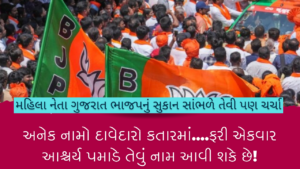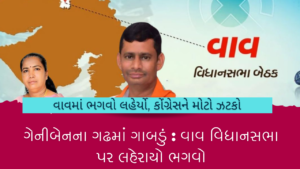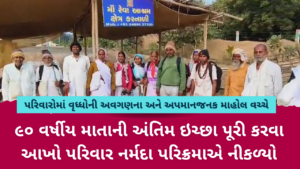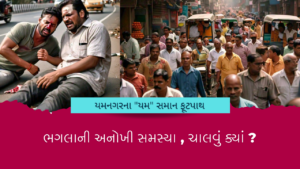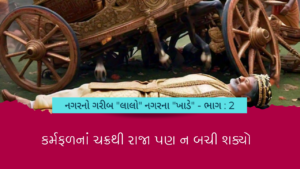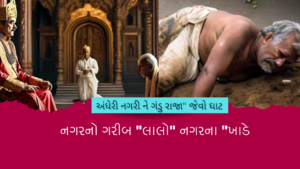He is the man who killed Sir Michael O’Dwyer or, in Indian history, the one who exacted revenge for the Jallianwala Bagh massacre, Udham Singh became a highly talked-about figure in India. O’Dwyer was well-known as the ‘iron man’ of Punjab, a region that the British perceived to be home to both men of martial prowess and upright rural peasants. According to the British sociology of knowledge, nationalist passion in the Punjab was not ‘natural’ to the region, and individuals like O’Dwyer were eager to blame the unrest on both the pervasive presence of the learned in the relatively urban centers and external influences. The most devoted province, Punjab, was lost to nationalism and insurgence; other regions of India were even less inclined to hold onto feelings of adherence to the monarchy.
Perspectives
Memories of what had happened in the Punjab were revived when Udham Singh shot O’Dwyer on March 13, 1940. In its March 18, 1940 issue, ‘Amrit Bazaar Patrika’ said clearly and succinctly that
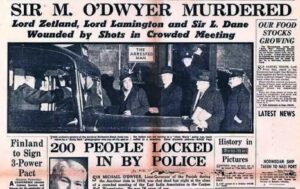 “O’Dwyer’s name is connected with Punjab incidents which India will never forget.”
“O’Dwyer’s name is connected with Punjab incidents which India will never forget.”
Udham Singh’s acts had aroused public outrage and a wave of sympathy for him, according to British intelligence and local administration. As one local leader put it,
“It is true that we had no love lost for Michael O’Dwyer.”
The humiliations he inflicted on fellow citizens in Punjab will never be forgotten. Gandhi upheld his long-held beliefs regarding the immorality and ineffectiveness of violence. He was also characteristically forthright when he declared his outrage at the assassination in the ‘Harijan’ on March 15.
“We had our disagreements with Michael O’Dwyer, but that shouldn’t stop us from being saddened by his murder. We have something to say about Lord Zetland. While we must oppose his backward policies, our opposition must be free of ill will or retaliation. The accused is overcome by the idea of bravery.”
Secrecy
 Despite many questions surrounding his life, it is undeniable that the British administration worked hard to suppress knowledge about Udham Singh and that his trial and execution records were kept secret for a long time. The statement he read at his trial was never made public and the records relating to his trial and execution remained, by government decree. In fact, the transcript of his trial and other related records were not made public by the British government until the mid-1990s, and a lot of other files pertaining to him are still sealed.
Despite many questions surrounding his life, it is undeniable that the British administration worked hard to suppress knowledge about Udham Singh and that his trial and execution records were kept secret for a long time. The statement he read at his trial was never made public and the records relating to his trial and execution remained, by government decree. In fact, the transcript of his trial and other related records were not made public by the British government until the mid-1990s, and a lot of other files pertaining to him are still sealed.
In Popular Culture
After India’s independence, no opinions similar to those of Gandhi have been heard, despite attempts to reserve public awareness of Udham Singh’s heroic act. Udham Singh’s status in the public eye is attested to by motion pictures, monuments, popular literature, and public memorials. One of the three feature films on Udham Singh is ‘Shaheed Udham Singh’ (2000), directed by Iqbal Dhillon and starring Raj Babbar. Other is ‘Sardar Udham’ (2021), directed by Shoojit Sircar and starring Vicky Kaushal. However, Udham Singh was also included in a small role in the 1977 film ‘Jallianwala Bagh,’ which was portrayed by the well-known actor Balraj Sahni. Raj Babbar has stated that he is motivated by the ambition to elevate Punjabi film to a ‘global level’ as well as by drawing Indians’ attention to the underappreciated role that Punjabi nationalists and martyrs played in the liberation war. The fact that Parkash Singh Badal, the Chief Minister of Punjab, and Om Prakash Chautala, the Chief Minister of Haryana, were present at the film’s premiere indicates that a movie like this has official approval.
The Challenging Phase
The public started to hear Udham Singh’s name a lot in the middle of the 1960s. With the formation of the Punjabi Suba in 1966, a more confrontational phase of Sikh politics was about to begin. It is impossible to go into great detail about Zail Singh’s innovative role in Punjabi and Sikh politics here, but he was undoubtedly one of the first to recognize the cultural significance of Udham Singh’s name. Zail Singh backed the demand, made among others by S. Sadhu Singh Thind, the Sultanpur Lodhi MLA at the time, that Udham Singh’s remains be dug up and sent to India. Udham Singh had been buried in Pentonville Prison. Indira Gandhi was under pressure to speak up for the Punjabi government before the British government, and in 1975, Udham Singh was returned to his last resting place.
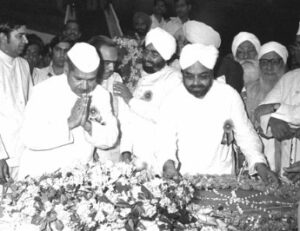 Indian Prime Minister Indira Gandhi laid a wreath when Singh’s body was on display at Delhi’s Kapurthala House. Zail Singh, the Chief Minister of Punjab at the time and eventually the President of India, received his casket at the airport in Delhi. Following that, the coffin was carried in a massive parade through the Punjab’s main cities, including Chandigarh, Ludhiana, Jalandhar, Pathankot, and Bhatinda. The processionists at Jallianwala Bagh were greeted with great enthusiasm. The coffin was taken to Udham Singh’s birthplace, Sunam on July 31, 1975. Udham Singh had revealed his true name as Ram Mohammed Singh Azad, and on August 2, a Brahmin pandit, a Maulvi, and a Sikh granthi jointly performed the last rituals in order to honor his secular or pluralistic ideals.
Indian Prime Minister Indira Gandhi laid a wreath when Singh’s body was on display at Delhi’s Kapurthala House. Zail Singh, the Chief Minister of Punjab at the time and eventually the President of India, received his casket at the airport in Delhi. Following that, the coffin was carried in a massive parade through the Punjab’s main cities, including Chandigarh, Ludhiana, Jalandhar, Pathankot, and Bhatinda. The processionists at Jallianwala Bagh were greeted with great enthusiasm. The coffin was taken to Udham Singh’s birthplace, Sunam on July 31, 1975. Udham Singh had revealed his true name as Ram Mohammed Singh Azad, and on August 2, a Brahmin pandit, a Maulvi, and a Sikh granthi jointly performed the last rituals in order to honor his secular or pluralistic ideals.
Statues on Display
Of all the sculptures of Udham Singh in India, the most well-known is presumably the one in front of the Gandhi Gate in Amritsar. This purposefully brings Udham Singh into dialogue with Gandhi. Based on the support shown to those in India who resorted to armed revolt, it seems likely that this dialogue will continue for some time to come. The statue depicts a bearded and turbaned Sikh, even though Udham Singh, like Bhagat Singh, was clean shaven and had shaved his hair. The right arm is twisted at an odd angle, slightly less than ninety degrees, given that the hand is extended and gripping a pistol. The fact that a statue of a man clutching a pistol—clearly a civilian rather than a soldier—could take center stage shows how easily Udham Singh’s actions have been incorporated into the martyrdom movement.
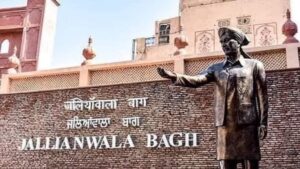 Another interesting statue is the one installed in Udham Singh Nagar, an Uttar Pradesh area in the Terai region that Punjabis were drawn to in the 1950s because of the possibility of farming there. With a diverse population of Sikhs, Muslims, and Hindus, Udham Singh Nagar’s history reflects Udham Singh’s unwavering dedication to a pluralistic and secular worldview in its own unique way. This image shows Udham Singh, who has a little mustache, wearing a blue suit, and carrying a revolver in his right hand. The inscription in Hindi tells a brief story of his life and quotes Udham Singh as saying he was not obligated to follow any one faith and saw his duty to serve and defend his nation, Bharat, as his only dharma.
Another interesting statue is the one installed in Udham Singh Nagar, an Uttar Pradesh area in the Terai region that Punjabis were drawn to in the 1950s because of the possibility of farming there. With a diverse population of Sikhs, Muslims, and Hindus, Udham Singh Nagar’s history reflects Udham Singh’s unwavering dedication to a pluralistic and secular worldview in its own unique way. This image shows Udham Singh, who has a little mustache, wearing a blue suit, and carrying a revolver in his right hand. The inscription in Hindi tells a brief story of his life and quotes Udham Singh as saying he was not obligated to follow any one faith and saw his duty to serve and defend his nation, Bharat, as his only dharma.

